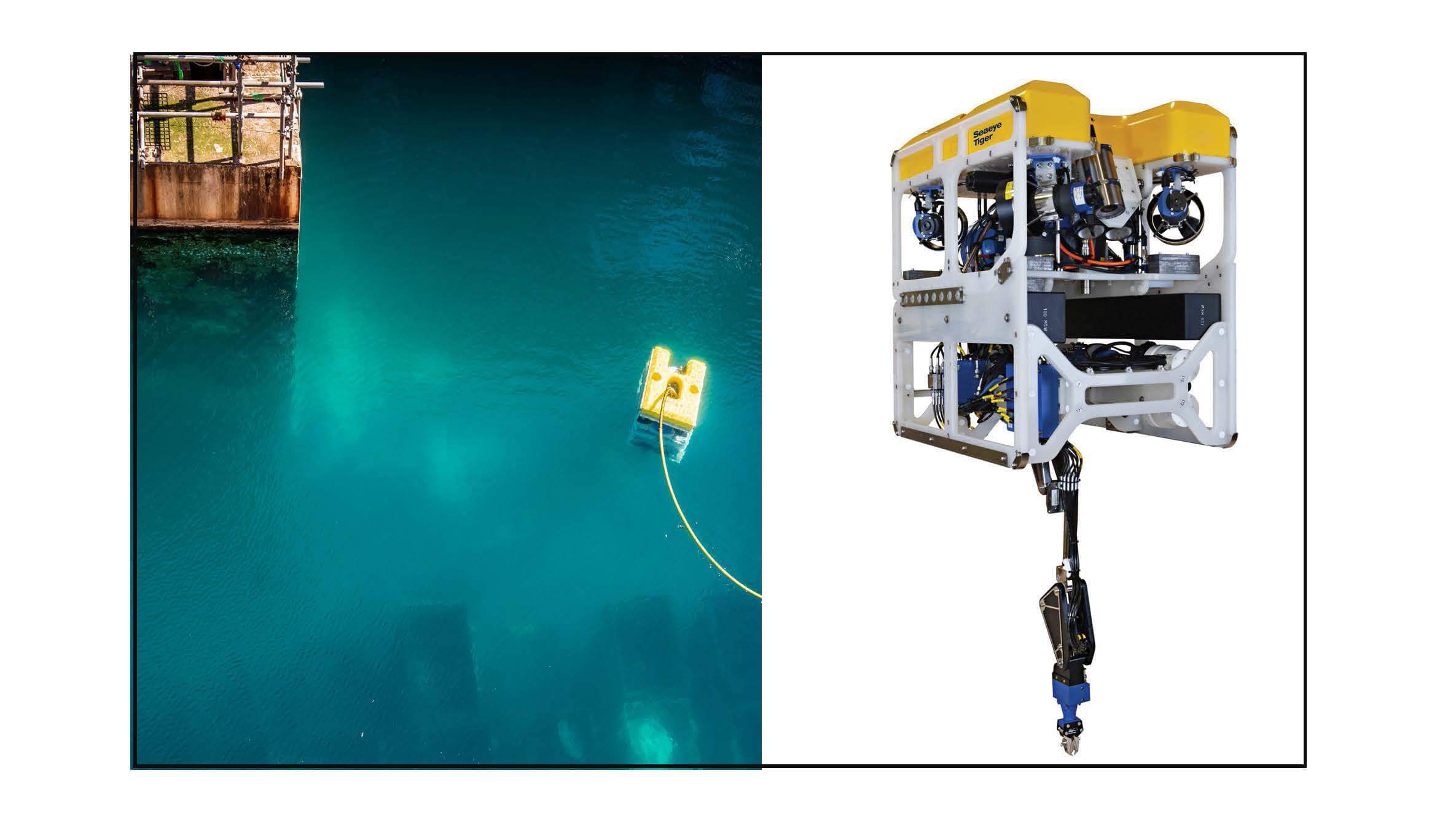UPDATED 1 Sept: The EI library in London is temporarily closed to the public, as a precautionary measure in light of the ongoing COVID-19 situation. The Knowledge Service will still be answering email queries via email , or via live chats during working hours (09:15-17:00 GMT). Our e-library is always open for members here: eLibrary , for full-text access to over 200 e-books and millions of articles. Thank you for your patience.
New Energy World™
New Energy World™ embraces the whole energy industry as it connects and converges to address the decarbonisation challenge. It covers progress being made across the industry, from the dynamics under way to reduce emissions in oil and gas, through improvements to the efficiency of energy conversion and use, to cutting-edge initiatives in renewable and low-carbon technologies.
Major investment in US nuclear infrastructure
7/12/2022
News
New funding under President Biden’s Bipartisan Infrastructure Law marks the start of a multi-phased initiative to support the country’s nuclear industry, ensure electricity grid reliability and secure jobs.
The US Department of Energy (DOE) has selected the Diablo Canyon power plant, located near Avila Beach, California, to receive the first round of funding from the US government’s Civil Nuclear Credit (CNC) Programme. Funded under President Biden’s Bipartisan Infrastructure Law, the $6bn CNC programme supports the continued operations of safe and reliable nuclear energy facilities, preserving thousands of clean energy jobs while avoiding carbon emissions.
As the nation’s largest source of carbon-free power, America’s current fleet of nuclear reactors has a critical role to play in achieving President Biden’s goal of 100% clean electricity by 2035 and a net-zero emissions economy by 2050, says US Secretary of Energy Jennifer Granholm.
Nuclear power currently provides 50% of US carbon-free electricity, but shifting energy markets and other economic factors have already resulted in the early closures of 13 commercial reactors across the country since 2013, according to the US Energy Information Administration. These closures have led to an increase in carbon emissions in those regions, poorer air quality for residents living in the surrounding areas, and the loss of thousands of high-paying jobs, says the DOE.
Units 1 and 2 at the Diablo Canyon power plant were scheduled to be decommissioned in 2024 and 2025, but this latest conditional award of credits, valued at up to $1.1bn, creates a path forward for the facility to remain open. Final terms are subject to negotiation and finalisation by DOE. Owned and operated by Pacific Gas and Electric Company, Diablo Canyon produces approximately 16 GWh/y of electricity, about 15% of California’s clean energy.
The first CNC award cycle has prioritised reactors facing the most imminent threat of closure, limiting applications to reactors that had already announced intentions to cease operations due to economic factors. The second CNC award cycle will focus on reactors that are projected to shut down due to economic factors within the next four years. DOE is expected to begin accepting applications for the second cycle of CNC funding in January 2023.
Other countries in the world are also investing in revitalising their nuclear sectors – click here to read New Energy World’s article on ‘Japan to revive nuclear power industry to cut LNG import costs’
Nuclear-proofed Tiger
In other nuclear news, Saab Seaeye reports that its Tiger-N robotic vehicle has spent a record-breaking five years working in nuclear storage ponds at Sellafield, UK.
Operating in what is one of the most highly radioactive and highly alkaline and extremely corrosive environments on the planet, the robotic vehicle has been sorting 15 kg spent fuel rods in the nuclear ponds.
Les Barker of Sellafield’s innovation team comments: ‘The Tiger-N has improved the amount of work we can do in the ponds in a day – sometimes doing 10 times what we’ve managed in the past.’
To limit radiation dose risk to operators and maintainers, Saab Seaeye’s Tiger robotic vehicle was adapted to ensure systems and materials would survive extreme corrosion to limit exposure time spent on maintenance and cleaning. The adapted design, called Tiger-N, also features quick-change tool skids, including an under-slung manipulator skid, a four-function forward facing manipulator skid, sludge scoop dredger skid, cutting skid and an under-slung water-jet cleaning skid.
Six Tiger-N robotic vehicles have been delivered to Sellafield so far, which have moved 20% of the nuclear pond’s inventory into safe modern storage.

Tiger-N robotic vehicles have been moving spent nuclear rods from the Sellafield nuclear power plant ponds into safe modern storage for the past five years
Photo: Saab Seaeye
